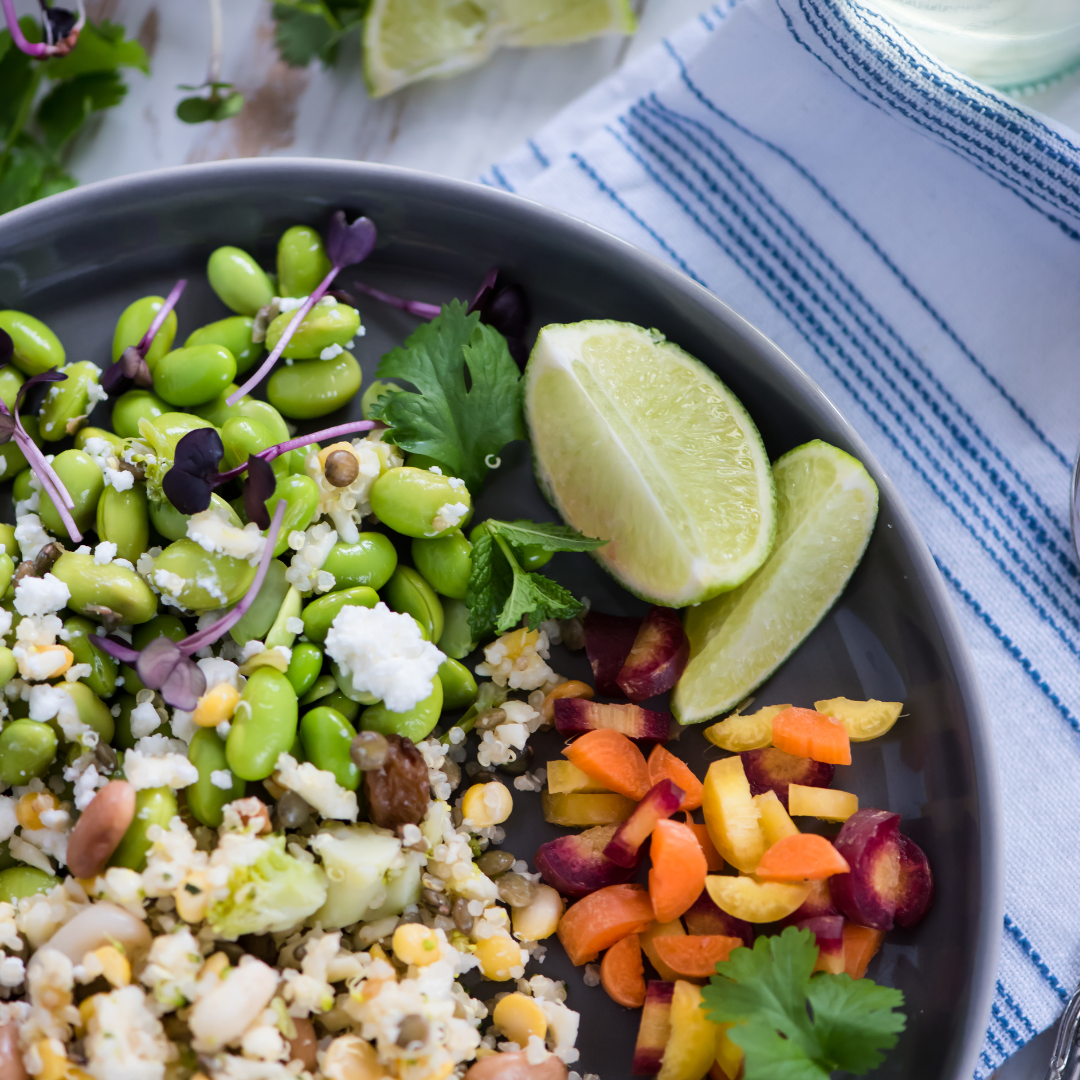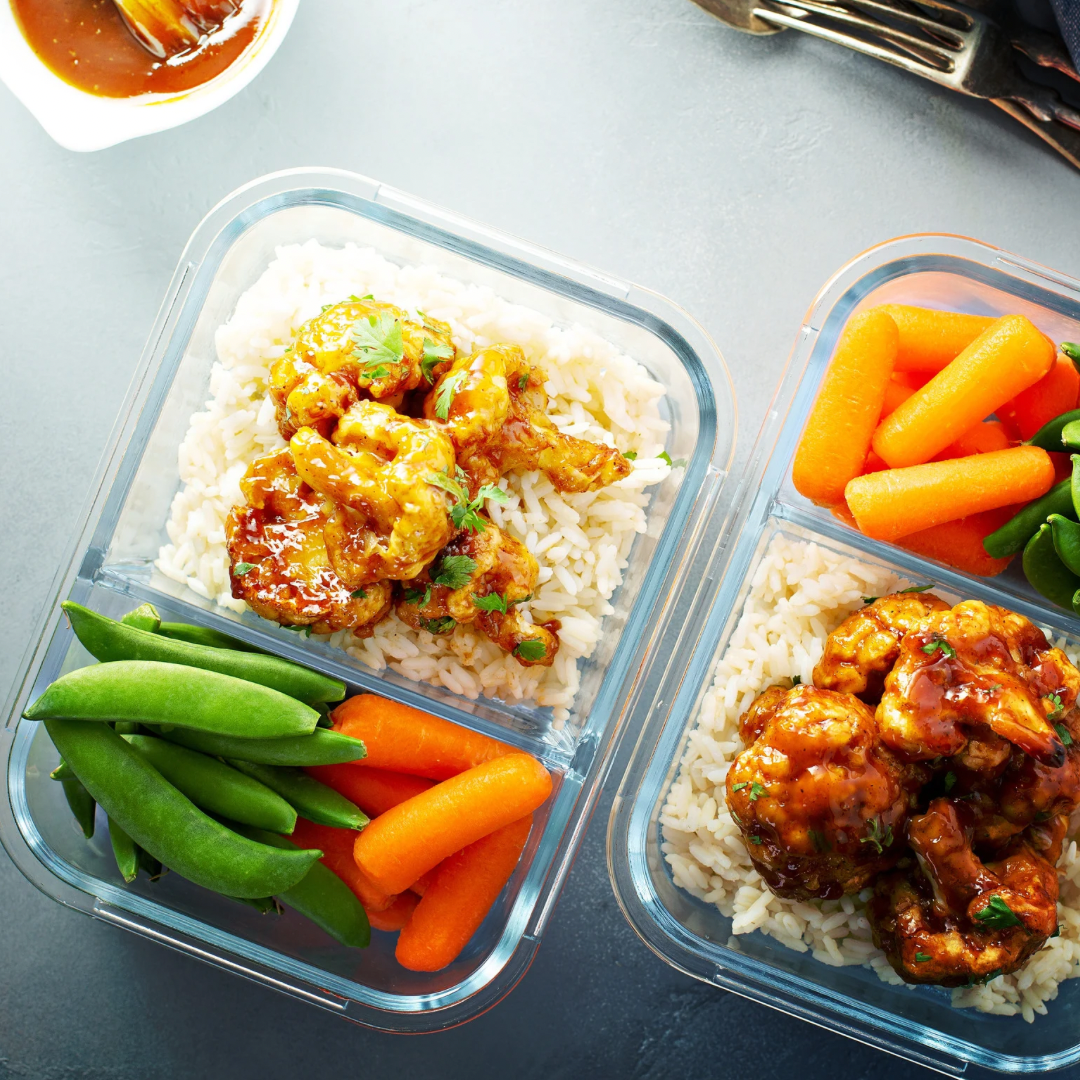What Is the Frugal Diet?
The “frugal diet” isn’t about deprivation—it’s about eating smart. It focuses on consuming whole, nutrient-dense foods like fruits, vegetables, whole grains, lean proteins, and healthy fats while minimizing unnecessary spending. Instead of relying on ultra-processed convenience foods, the frugal diet emphasizes:
- Seasonal produce
- Affordable protein sources
- Bulk pantry staples
- Minimizing food waste
The goal is simple: maximize nutrition while spending less.
Why Whole Foods on a Budget?
Whole foods—foods that are minimally processed and closer to their natural state—are typically more nutrient-dense than packaged alternatives. They provide fiber, vitamins, minerals, and phytonutrients that support long-term health. The challenge is that many people assume eating this way is expensive. But with the right strategy, it can be done for less than the cost of takeout or processed snacks.
According to the Harvard School of Public Health, healthy diets cost only about $1.50 more per day than less healthy ones—a gap that can be narrowed even further with smart planning.
Key Strategies of the Frugal Diet
1. Buy in Bulk
Rice, oats, beans, lentils, and quinoa are cheap, shelf-stable staples that form the backbone of frugal, whole-food meals. Buying them in bulk reduces cost per serving and provides versatile bases for countless recipes.
2. Choose Seasonal & Local Produce
Seasonal produce is not only fresher but often significantly cheaper. Farmers’ markets, discount bins, or even imperfect produce programs like Misfits Market can help stretch your budget.
3. Prioritize Plant-Based Proteins
Meat can be expensive, but plant-based proteins like lentils, black beans, and chickpeas offer fiber and protein at a fraction of the cost. Use these as meal bases and supplement with smaller portions of meat or fish.
4. Cook in Batches & Freeze
Meal prepping saves both time and money. Cooking large batches of soups, stews, or casseroles ensures you always have something healthy on hand and reduces the temptation of pricey convenience foods.
5. Minimize Food Waste
The USDA estimates that 30–40% of food in the U.S. supply is wasted (source). Planning meals, storing produce properly, and repurposing leftovers are key frugal diet strategies.
Sample Frugal Diet Meals
- Breakfast: Overnight oats with bananas and peanut butter
- Lunch: Lentil soup with carrots, celery, and whole-grain bread
- Dinner: Rice, black beans, roasted seasonal vegetables, and avocado slices
- Snack: Air-popped popcorn or apple slices with almond butter
These meals are simple, nutrient-dense, and cost only a few dollars per serving.
Check out our 7- Day Frugal Meal plan with cost estimations HERE
Final Thoughts
The frugal diet proves that eating well doesn’t require overspending. By focusing on whole foods, buying smart, and reducing waste, you can fuel your body with high-quality nutrition while keeping costs low. It’s not about restriction—it’s about smarter choices that benefit both your health and your wallet.
Read more

Amino spiking is a deceptive practice where cheap amino acids inflate protein content on labels. Learn how to detect it and choose supplements that deliver real results.

Fitness Principles Behind This Plan Protein target: ~0.8–1g protein per lb of bodyweight (using eggs, chicken, tuna, turkey, Greek yogurt, cottage cheese, etc.). Carbs timed: Higher carbs pre/p...

